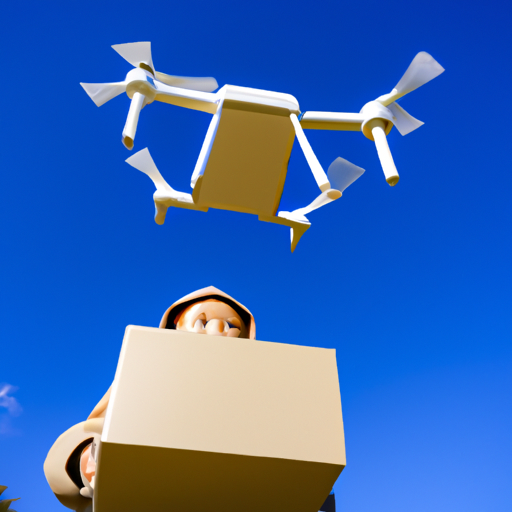As businesses worldwide adapt to the evolving landscape of remote work, the demand for effective remote collaboration tools has surged in 2023. These tools are not only enhancing productivity but also ensuring seamless teamwork across diverse geographical locations.
Why Remote Collaboration Tools are Essential
The shift to virtual working environments has highlighted the necessity for robust teamwork software. Remote collaboration tools facilitate communication, project management, and document sharing, which are crucial for maintaining efficiency and engagement among remote teams.
Top Remote Collaboration Tools of 2023
- Slack – Known for its instant messaging capabilities, Slack has become a staple for organizations looking to enhance team communication.
- Trello – This project management tool allows teams to visualize their tasks, streamline workflows, and improve accountability.
- Zoom – As video conferencing remains critical for remote meetings, Zoom continues to lead with its user-friendly interface and reliability.
- Notion – Serving as an all-in-one workspace, Notion provides teams with tools for note-taking, project planning, and knowledge management.
- Microsoft Teams – Integrating seamlessly with other Microsoft products, Teams supports collaboration through chats, calls, and file sharing.
Benefits of Using Remote Collaboration Tools
Utilizing productivity apps designed for remote teams offers several advantages:
- Increased Productivity: With streamlined processes and clearer communication, teams can accomplish tasks more efficiently.
- Flexibility: Remote tools enable team members to work from anywhere, fostering a better work-life balance.
- Cultural Cohesion: Maintaining a strong company culture is easier when teams can connect virtually, share experiences, and collaborate in real time.
Future Trends in Remote Collaboration
As we look ahead, the future of remote collaboration tools will likely include advancements in artificial intelligence and machine learning, making them even more intuitive and responsive to user needs. Companies must stay ahead by continually exploring new technologies that enhance collaboration and productivity.
In conclusion, as the trend of remote work continues to grow, investing in the right remote collaboration tools is essential for any business looking to succeed in the digital age. By leveraging these tools, teams can improve communication, enhance productivity, and foster a more cohesive remote working environment.
Stay tuned for more updates on how technology is shaping the future of work!













